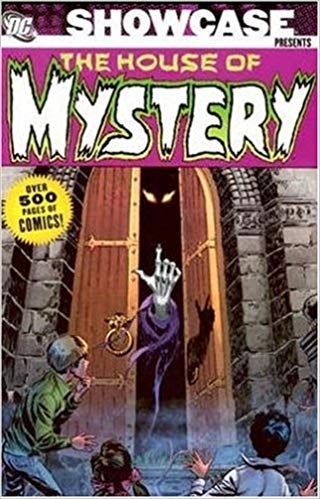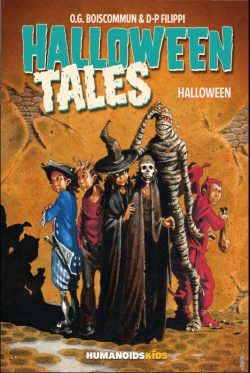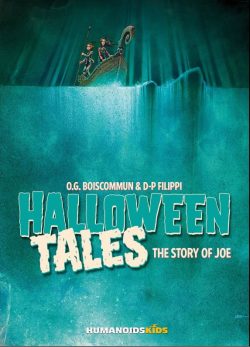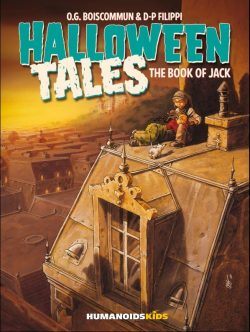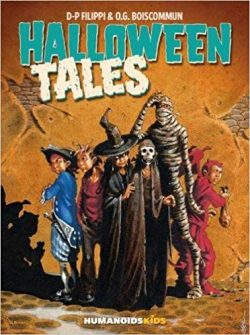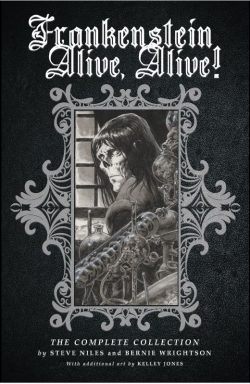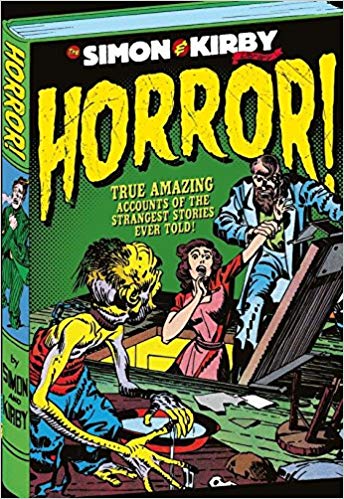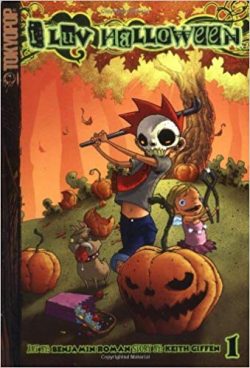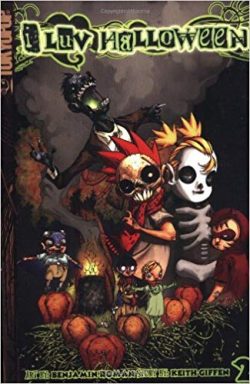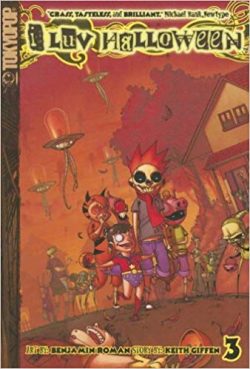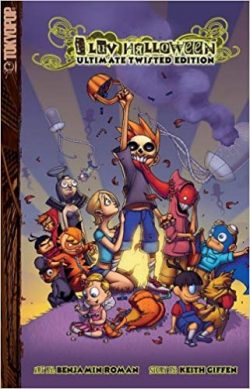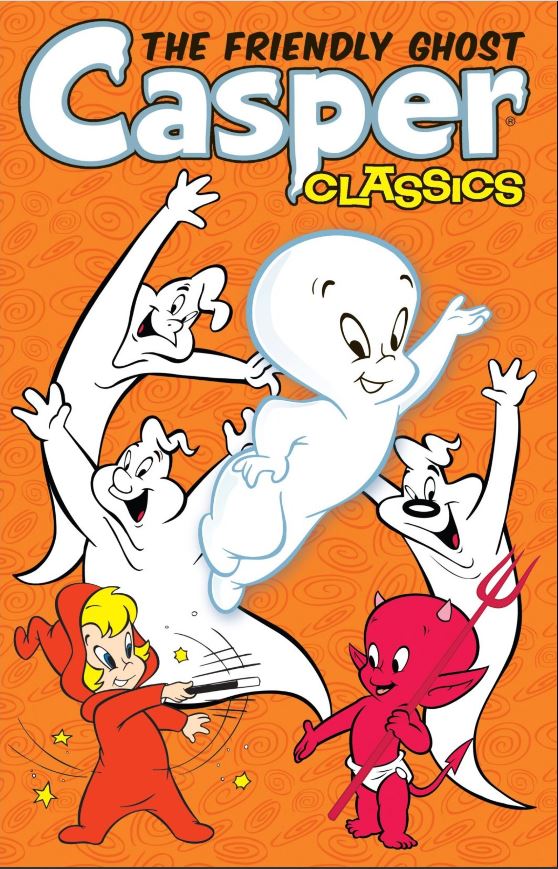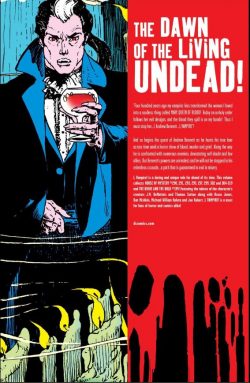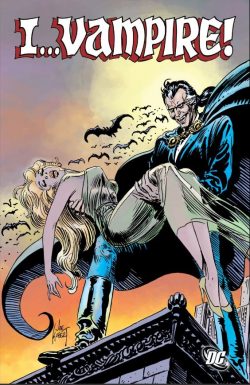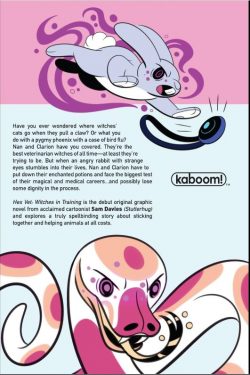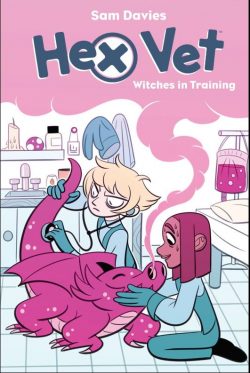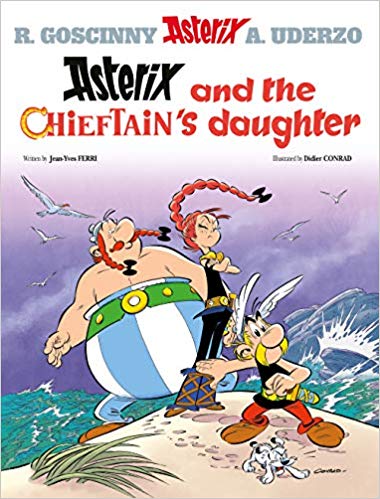
By Jean-Yves Ferri & Didier Conrad, coloured by Thierry Mébarki and translated by Adriana Hunter (Orion Books)
ISBN: 978-1-51010-713-7 (HB) 978-1-51010-714-4 (PB Album) eISBN: 978-1-5101-0720-5
Win’s Christmas Gift Recommendation: Celebrate the Season in Classical Style… 9/10
Asterix le Gaulois debuted in 1959 and has since become part of the fabric of French life. His exploits have touched billions of people all around the world for five and a half decades and for almost all of that time his astounding adventures were the sole preserve of originators Rene Goscinny and/or Albert Uderzo.
After nearly 15 years dissemination as weekly serials (subsequently collected into book-length compilations), in 1974 the 21st saga – Asterix and Caesar’s Gift – was the first to be released as a complete, original album prior to serialisation. Thereafter each new tome became an eagerly anticipated, impatiently awaited treat for legions of devotees.
The eager anxiety hasn’t diminished any even now that Uderzo’s handpicked replacements -scripter Jean-Yves Ferri (Fables Autonomes, La Retour à la terre) and illustrator Didier Conrad (Les Innomables, Le Piège Malais, Tatum) have properly settled into the creative role since his retirement in 2009.
Whether as an action-packed comedic romp with sneaky, bullying baddies getting their just deserts or as a sly and wicked satire for older-if-no-wiser heads, these new yarns are just as engrossing as the established canon.
As you already know, half of the intoxicating epics take place in various exotic locales throughout the Ancient World, whilst the alternating rest are set in and around Uderzo’s adored Brittany where, circa 50 BC, a little hamlet of cantankerous, proudly defiant warriors and their families resist every effort of the mighty Roman Empire to complete the conquest of Gaul.
Although the land is divided by the conquerors into provinces Celtica, Aquitania and Armorica, the very tip of the last-named region stubbornly refuses to be properly pacified. The otherwise supreme overlords, utterly unable to overrun this last little bastion of Gallic insouciance, are reduced to a pointless policy of absolute containment – even though the irksome Gauls come and go as they please…
Thus, a tiny seaside hamlet is permanently hemmed in by heavily fortified garrisons Totorum, Aquarium, Laudanum and Compendium, filled with veteran fighters who would rather be anywhere else on earth than there…
Those contained couldn’t care less; daily defying and frustrating the world’s greatest military machine by going about their everyday affairs, bolstered by magic potion brewed by resident druid Getafix and the shrewd wits and strategic aplomb of diminutive dynamo Asterix and his simplistic, supercharged best friend Obelix…
Ferri & Didier’s fourth album (and 38th canonical chronicle of Asterix) La Fille de Vercingétorix was released on October 17th 2018, with an English edition hitting shelves – and the digital emporia – as Asterix and the Chieftain’s Daughter on the 24th.
It similarly debuted that day in 19 other languages with an initial global print run of more than 5,000,000 copies.
As proof that time marches and on that youth will ultimately have its day, the narrative focus here is on a new generation of characters, but as always, action, suspense and comedy are very much in evidence. There’s a healthy helping of satirical lampooning of the generation gap, fads and trends as well as the traditional regional and nationalistic leitmotifs…
It all begins one evening when elderly Averni warriors Monolithix and Sidekix arrive at the village in search of Chief Vitalstatistix. They are aged survivors of the climactic battle of Alesia which culminated in the Romans taking control of Gaul. That occurred after great Vercingetorix ignominiously capitulated to Julius Caesar: a shame so great that most Gauls can no longer speak his name aloud…
In his grand hut, Vitalstatistix hears out his old comrades and agrees to take in a young girl. Surly teenager Adrenalin is the daughter of the defeated commander in chief and wears the great gold torc that symbolised his rule. Resolved that she will one day lead a liberating revolt, Monolithix and Sidekix have reared the girl in secret, but recently learned that a Gaulish traitor – Binjwatchflix – has informed Caesar of her existence.
Now the emperor wants the torc and the girl – whom he plans to indoctrinate into Roman ways and use as a puppet proxy – so the wrinkly resistance fighters need time to arrange a smuggled flight to Britain for their juvenile charge.
The skulking traitor is not the only problem: truculent Adrenalin is currently rebelling against her destiny and tends to run away at every opportunity. Suitably warned and worried, the Chief assigns his two top men – and their canine companion Dogmatix – to watch over her…
As the girl is assimilated into the village, nefarious Binjwatchflix steals into the garrison of Totorum and drafts the unwilling commander into a nasty scheme to capture the unwary, unruly child…
Back in the village, Adrenalin is causing a bit of a stir amongst the younger crowd. She’s rude, insolent and dresses in men’s clothes: the local lads just can’t stop following her about…
She’s especially interesting to the sons of Unhygienix the fishmonger and his great rival Fulliautomatix the blacksmith. Little Crabstix thinks she’s cool, but his elder sibling Blinix and the armourers’ boy Selfipix both know she’s far more than that…
Soon there’s a new gang in town, rejecting all the old ways and sassing their elders – and their music is just appalling and incomprehensible. Raucous bard Cacofonix is the only adult they can tolerate…
Already overmatched, Asterix and Obelix try to stay close, but although the massive menhir man is extremely childlike, he’s no teenager and is soon well out of his depth. Doughty Asterix just doesn’t understand what’s happening these days…
Adrenalin has already planned her escape: she’s going to ditch all the expectations of her elders, the plans to fight and liberate the land and run away to fabled Thule…
Oblivious to the rapidly-coalescing plot of vile Binjwatchflix, she convinces the village lads to help, just as the far-from-eager soldiers from Totorum infiltrate the forest surrounding the town and the long-suffering, lethally-optimistic and unlucky sea pirates make a disastrous foray upriver and unwittingly provide her with the one thing her plans lacks thus far: a ship…
As Monolithix and Sidekix covertly sail back from Britain with gorgeous mariner Captain Peacenix to retrieve their regal charge, all the enemy forces arraigned against Adrenalin close in.
Realising almost too late that she’s gone, odd-men-out Asterix and Obelix follow in their own boat, but happily, they’re not the only magic-potioned players in action as the Roman navy intercepts: further complicating a rapidly escalating catastrophe in the making…
Cue, glorious, uproarious action and a host of twisty, turny surprises…
Despite Asterix, Obelix and old our favourites very much playing second fiddle in this riotous tale of kids in revolt, the result is refreshingly off-kilter yet still suitably engaging. Teen-oriented, heavy on sardonic caricatures and daft wordplay – especially pop tunes given the old Crackerjack! (“Crackerjack! ..ack! …ack! …ack!!â€*) – punny-rewrite treatments – and cannily sentimental, this yarn is awash with sneaky diversions, dirty tricks and vile villainy; providing non-stop thrills and spills to as we battle our way to the most effective of happy endings.
Asterix and the Chieftain’s Daughter is a sure win and another triumphant addition to the mythic canon for laugh-seekers in general and all devotees of comics.
© 2019 Les Éditions Albert René. English translation: © 2019 Les Éditions Albert René. All rights reserved.
*You must be British, at least 40 years old or aware of what’s coming in 2020 to understand this reference…

